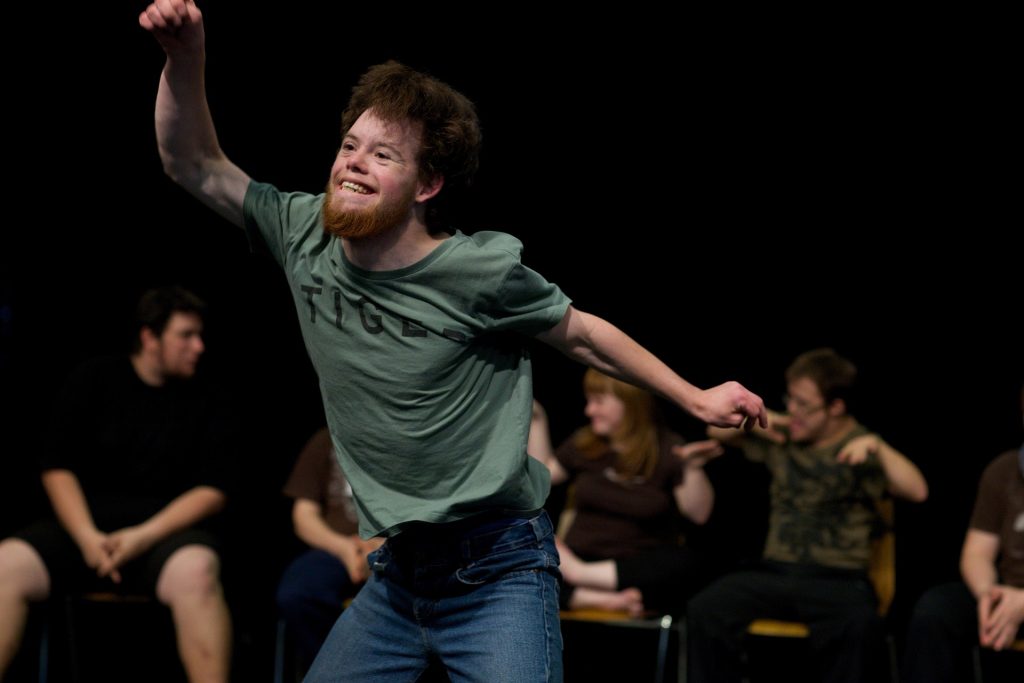
VIDEODANSE – JUMPING FRAMES in collaboration with Pompidou Centre Paris and Tai Kwun
VIDEODANSE – JUMPING FRAMES in collaboration with Pompidou Centre Paris and Tai Kwun
Even if the German dance of the 1920s or that of the American avant-gardes of the 60s and 70s had already been interested in a non-virtuous body and typology of daily gestures, it was in the 90s, with the crisis of representation and a rejection of the dominant formatting choreographic in working with so-called amateur dancers, untrained and not virtuos.
This interest in working with olders people (Pins Bausch), children (Boris Charmatz, Gilles Jobin), the disabled (DV8, Jérôme Bel) highlights a suddenly more subversive form, revealing bodies that are not usually in the light, especially those of the elderly and the disables often suffering from social invisibility. This revelation offers spectators a form of show less formatted, less “heroic” i the accomplishment of the gesture but just as remarkable in the revealed fragility of these bodies rising on stage, thus widening the rigid hierarchies between artistic world and ordinary world.
Enfant
2011/ 60mins
Choreographer: Boris Charmatz
Images and Editing: La compagnie des Indes
Enfant, as a malleable material, fragile and uncontrollable. Transported, handled by dancers, the bodies of children invade the space, enlarge it, sculpt it. From their relationships is born a game of tension and relaxation that combines strength of inertia and process of transformation. Gradually, the relationships are reversed, the border between big and small, professional and amateur, animated and inanimate are undone, leaving room for a mass in the making, an imetuous clould that carries everythingL invasion or recreation. (Gilles Amalvi)
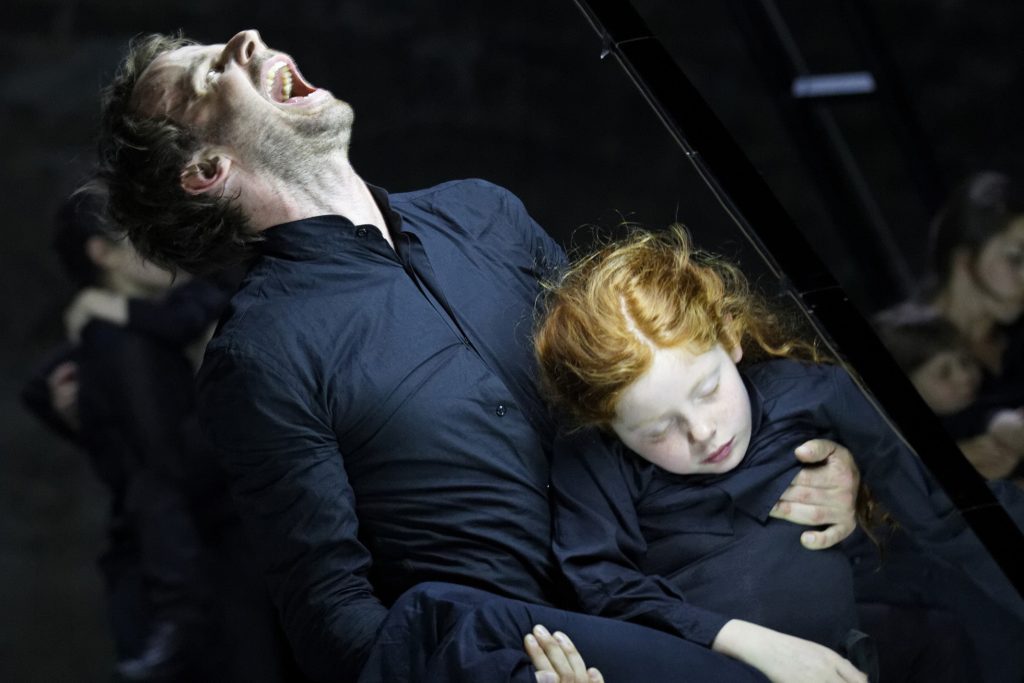
The Cost of Living
2004/ 35mins
Choreography/ Director: Lioyd Newson
Performance: DV8 Physical Theatre
Endowed with a sometimes acid humor and impregnated with the truly militant momentum that characterises many of Lloyd Newson’s creations, The Cost of Living queations the notion of conformity and the perception of the other. Conceived as a kind of trip where the action overflows on multiple spaces of meetings, public or private, the film follows the rebounds of the movement, amplifies its breaks, insists on the supports on the ground, leans on its dide roads, his diversions. From the street to the dance studio, from the acedemic due to the disco, encounters are multiplying around the extraordinary dancer David Toole and the rich texture of his movement that revisits the veriticality and postural standards associated with it. (Claudia Palazzolo)
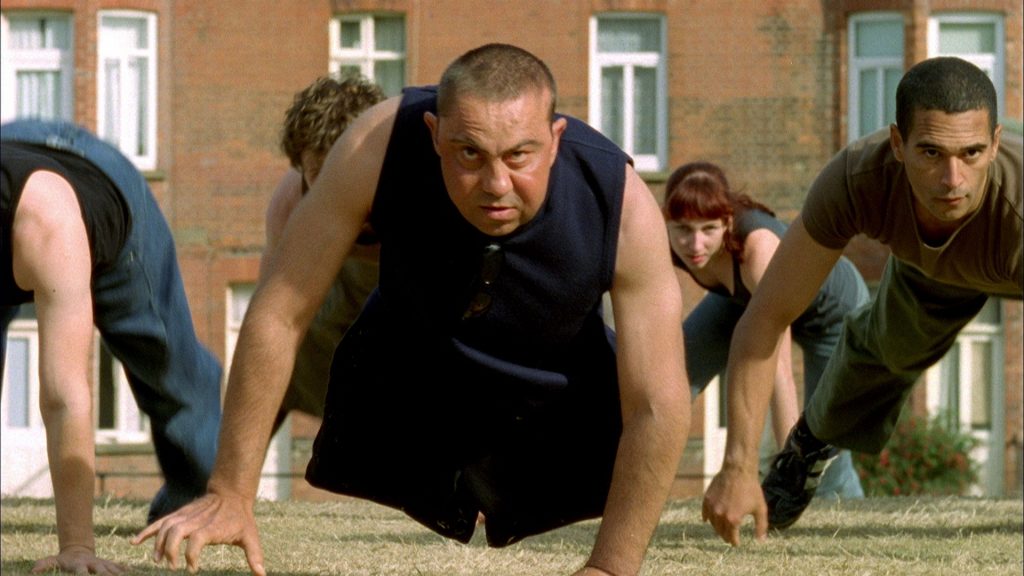
Kontakthof, Avec des dames et Messieurs au-dessus de 65 ans
2001/ 15mins
Choreography/ Director: Pina Bausch
Created in 1978, Kontakthof inaugurates a change in Pina Bausch’s work process, which for the first time does not rely on music. Performed by twenty dancers, the choreography is accompanied by a musical montage and memories distilled at the microphone. In this court of contacts, everyones’s fears and desires are displayed, the seduction and the mourning related to the meetings. This show, which caysed scandal in its creastion, has over time acquires an iconic value. This new version of the piece was created in 2000 with “women and men over65” recruited by newspaper classifieds. (Irène Filiberti)
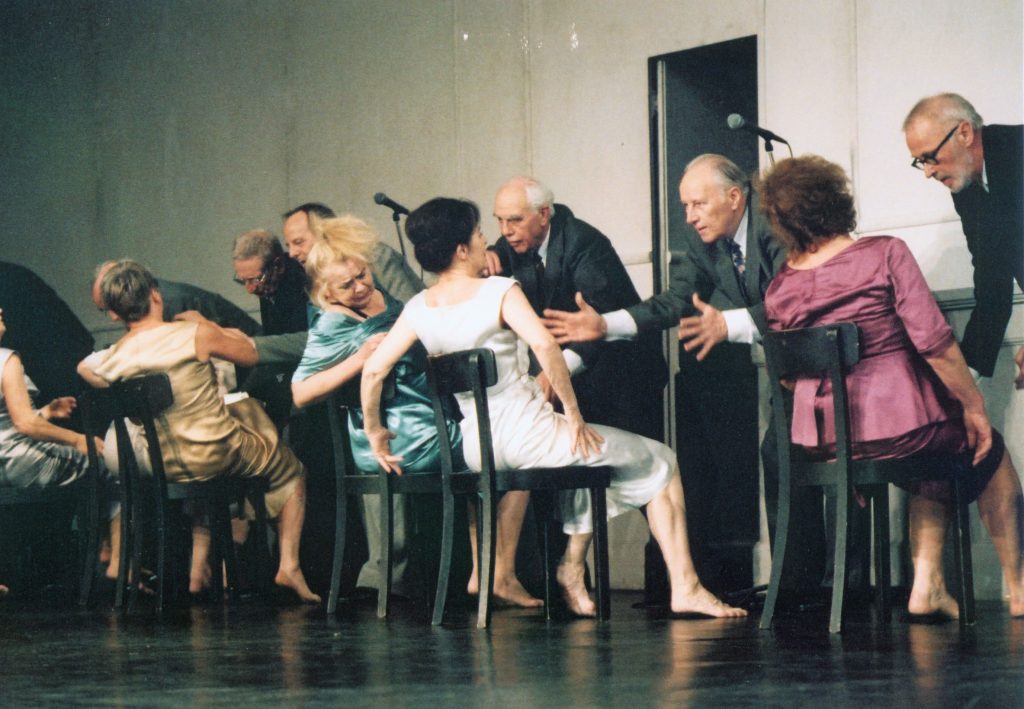
Roman_photo (Tate Modern)
2015/ 30mins
Conception: Boris Charmatz
Adaption: Olivia Grandville
Image: Tate Modern
The project of choreographer Boris Charmatz originates from a book: Merce Cunningham, a half-century of dance – a photographic sum that traces the choreogher’s career. This show revisits his movements, with John Cage, games of chance and combinatorics in the choreographic field. Arranged in the manner of a giant filp-book, kit dance, animated photocopy, unrestrained performance. Roman photo is an unclassifiable and pff-road objects: started woth art students, taken up by professional dancers and former interpreters form Cunningham, this time he meets a group of amateurs. A true-false Cunningham playful and turbulent. (Cilles Amalvi)
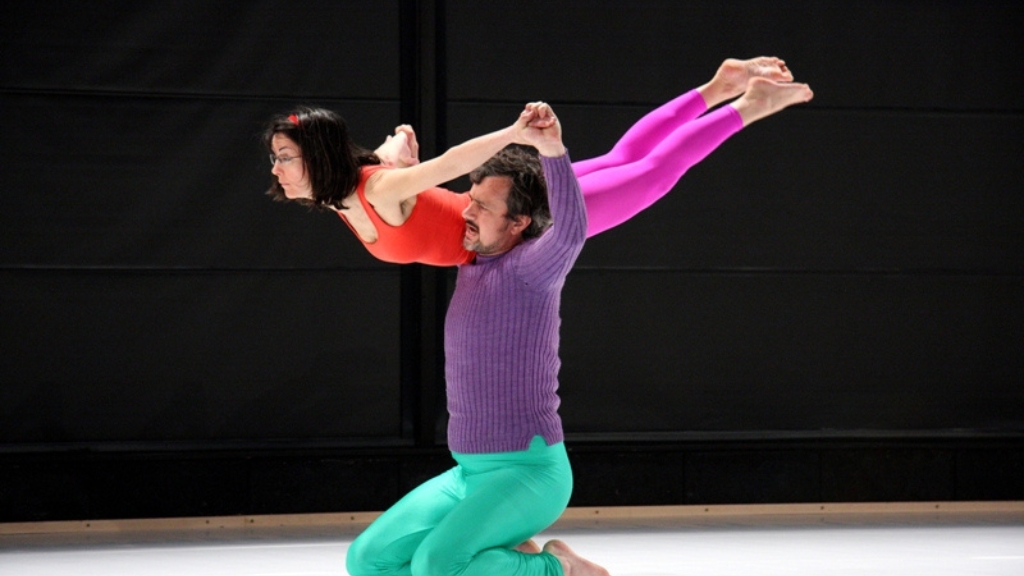
The Moeblus Kids
2007/ 18mins
Choreography: Gilles Jobin
Directors: Aurélie Doutre, Gilles Jobin
In 2001,
Gilles Jobin created The Moebius Strip, which evoked an a certain conception of the infnite through the plasticity of almost ground-bound bodies and an “orginically organised” looping movement. In 2007, Gilies Jobin prolongs the excercise in a singular-way. With ypung dnacers, about fifteen teenagers, the Compagine Virevolte by Manon Hotte, The Moebius Strip phenomenon resumes its course in an inverted composition. Starting from the educational potential discovered in the structure of the play. Gilles Jobin decided to transmit the rules to a new generation. The opportunity also to find new articulations and possibilities to the invented system and to pursue in a free and fun way this abstract reflection on the meaning of life. (Irène Filiberti)

Disabled Theater
2013/ 90mins
Conception: Jérôme Bel
Dramaturgy: Marcel Bugiel
Performance: Theater HORA
A choreographer, Jérôme Bel has been interested since his early works in what stands beyond representation. In his choreographies, the rules of dance and theatre are treated like the syntax of a language that is analysed and eventually put into play. Dance and spoken by the professional as well as by amateur performers, his choreographies could also be seen as statements in favour of the democratisation of dance, which he pursues by way of a non-virtuous approach.
For his performance Disables Theater (2012) he has worked with the mentally disabled actprs of the Theatre Hora, based in Zurich. A source of distress for a society defining itself as essentially normal, disability constitutes the limit against which the category of normality runs up. Its intellectual declension – i.e. mental disability – is generally thought of in terms of complete otherness to the condition of the intellectually keen and cultivted public of experimental theater. Bel chooses to bring this handicap to the core of the attention of this public, adopting it as a key to the reading of what enables us to think of a common dimesion.
What is at stake for Bel in working with the actors of Theatre Hora is the opening up of a space where disability is not expelled from visual and discursive practices, nor hidden behind the screen of political correctness, but is instead internal to a discourse that has a bearing on both the aesthetic and political dimensions.
WIth Disabled Theater (2012), Bel sheds light on the dynamics of excusion that leads to the marginalisation of those who are considered unable to produce, exposing how, on the contrary, they are able to question the very mechanisms of representation, and to hint at existence as a non-partitioned mode of presence. (Chiara Vecchiarelli)
